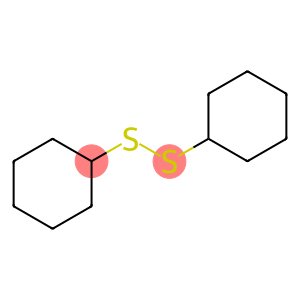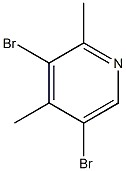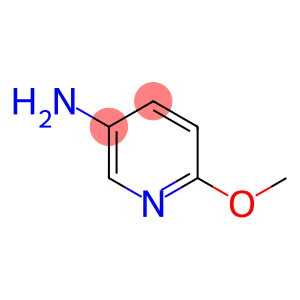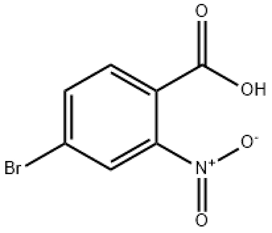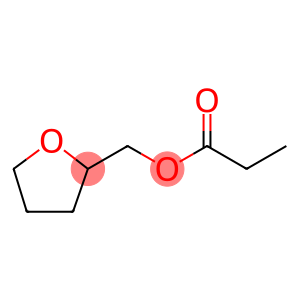Dicychohexyl disulfide(CAS#2550-40-5)
| Hazard Symbols | Xi – Irritant |
| Risk Codes | 36/37/38 – Irritating to eyes, respiratory system and skin. |
| Safety Description | S26 – In case of contact with eyes, rinse immediately with plenty of water and seek medical advice. S37/39 – Wear suitable gloves and eye/face protection |
| UN IDs | 3334 |
| WGK Germany | 3 |
| RTECS | JO1843850 |
| TSCA | Yes |
Introduction
Dicyclohexyl disulfide is an organic sulfur compound. It is a colorless to yellow oily liquid with a strong vulcanizing odor.
Dicyclohexyl disulfide is mainly used as a rubber accelerator and vulcanization crosslinker. It can promote the rubber vulcanization reaction, so that the rubber material has excellent elasticity and wear resistance, and is often used in the production of rubber products. It can also be used as an intermediate and catalyst in organic synthesis.
A common method for the preparation of dicyclohexyl disulfide is to react cyclohexadiene with sulfur. Under suitable reaction conditions, the two sulfur atoms will form sulfur-sulfur bonds with the double bonds of cyclohexadiene, forming dicyclohexyl disulfide products.
The use of dicyclohexyl disulfide requires some safety information. It is irritating and may cause allergic reactions on contact with the skin. Appropriate protective measures such as gloves, goggles, etc., need to be worn when in use. In addition, it should be kept away from fire and heat sources, stored in a cool, dry place, and avoid contact with oxidants, acids and other substances to prevent dangerous chemical reactions. When handling or storing, the relevant safety operating procedures should be followed.


